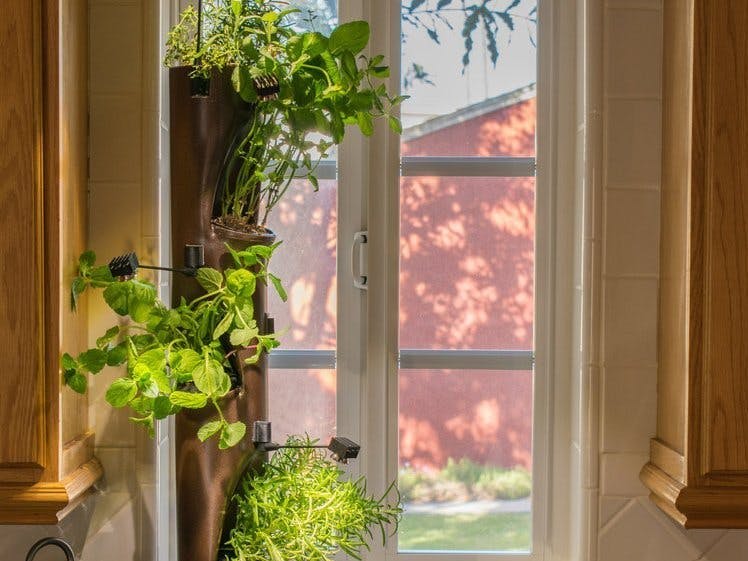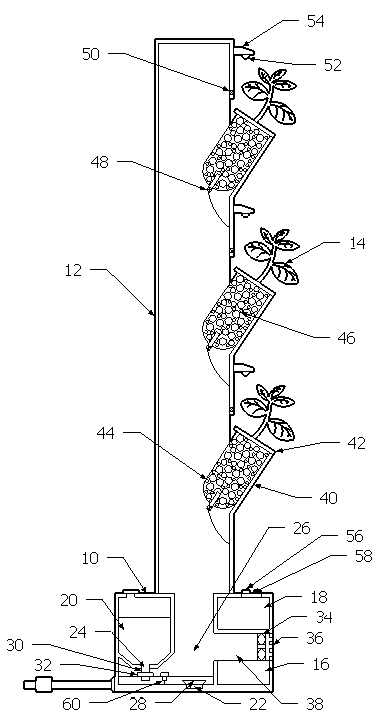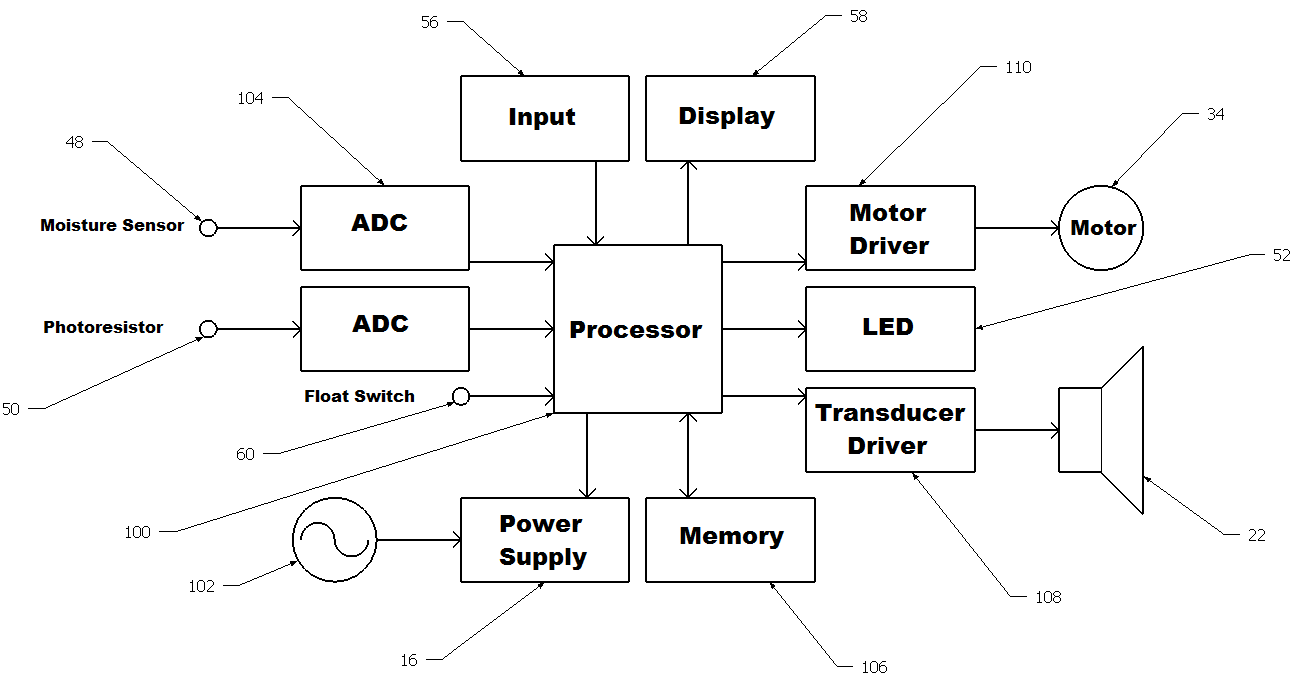We love plants and make every effort to spend as much time around plants and nature as possible, and it wasn't until our living and working situations required us to spend more time in apartments and offices that we realized just how important plants and nature were to our well being.
When researching why a reduction in time spent around nature affected us in such a negative way, we found numerous publications describing the therapeutic benefits of the presence of plants as well as studies associating them with diverse and significant health benefits ranging from reduced risk of cardiovascular disease and diabetes to greater overall happiness.
Air PurificationWe have no doubt that that keeping plants nearby has benefits, but we were also curious about the exact cause of those benefits and how we could maximize them. This brought us to a set of studies detailed in a NASA reportas well as other publications that looked specifically at the air purification properties of keeping plants in an indoor environment.
Some of the results that stood out to us were the conclusions that indoor plants were found reduce the levels of several airborne toxin commonly found in modern indoor living and work spaces and that the vast majority of the reduction took place within the root and soil portions of the plants.
A Low Maintenance PlanterWe were also able to find several examples of systems designed to leverage plant air purification, particularly in the workplace. However, such system tend to be costly, high maintenance, and potentially very messy.
We found that we could reduce many of the drawbacks using an aeroponic irrigation system. In addition minimizing the amount of water and soil needed and potential for leaks and contamination, an aeroponic system also greatly reduces the risk of disease spreading between plants.
Ultrasonic HumidifierIn order to efficiently distribute water and nutrients to our plants regardless of the shape or size of the planter, we place a small inexpensive ultrasonic humidifier into a 3D-printed enclosure so that it would fit in the base of the planter and allow air to flow inside so that it could be pushed through the vaporized fluid and into the interior of the planter.
Base Component
The enclosure can be printed using the files provided to assemble the system as shown below.
Assembled Base
Control SystemIn order to ensure that our humidifier provides just the right amount of nutrients to our plants, we programmed a control circuit to monitor a moisture sensor and automatically activate and deactivate the humidifier whenever necessary as well as allow the user to make adjust if needed given the types of plants or their environment.
Control Components
The control system can be assembled using the parts shown and the provided Arduino code.
Accurately Detecting Moisture LevelsWhile our control system includes all of the necessary components to keep our plants healthy in ideal conditions, in practice we found that our standard conduction based moisture sensor (as well as all other sensors we tested) was too vulnerable to a number of environmental factors and not reliable enough to keep the plants healthy long term.
Assembled Control Box
Planter DesignThe body of the planter is designed so that the root and soil of the plants are exposed to the vaporized nutrients in the interior of the planter while the leaves and flower extend outward. We used plastic tubes, which can be fitted with plant baskets by cutting slits across a tube and then using a heat gun to soften the plastic and bend one side of the a slit outward and the other inward until the the plant basket can rest on the rim as shown below.
Planter Components
A 3D-printed ring around the rim of the plant basket allows it to rest conveniently on the rim on plant port on the planter so the baskets of plants can be easily added or removed.
Planter Assembly
The planter supports a wide variety of plants and planting mediums, some of our favorites are shown below.
Plants
LightingWith out plants in place and the humidifier providing water nutrients and we manage to build a system that could keep our plants health and all we had to do was refill the water and fertilizer solution about once a month! Never had plant care been so easy! However, this only held true when the the planter was positioned near a window so that all of the plants received direct sunlight.
With the goal of creating a no maintenance planter that could be used by anyone anywhere we decided to add a lighting system. We could have easily positioned an off the self grow light at the entire planter, however we found that grow lights, even LEDs, use a lot of power. So we designed a lighting system we could control with our existing control board and programmed it to eliminate any wasted power.
Using an array of narrow field LED grow light directed at each individual plant, and light sensors to prevent illumining plants that were already exposed to sunlight, we adjusted the power and activation times to provide the minimum light needed to keep the plants healthy.
As a result, we were able to leave out planter in a room with no sunlight and enjoy our healthy plants anywhere we wanted.
The goal of Air Garden is to provide the benefits of exposure to indoor plants to as many people as possible by reducing the work needed to keep the plants alive and healthy. Additionally, Air Garden is designed to maximize the air purification capabilities of houseplants by circulating air though the root and soil portions.
Mobile AppBy adding a Bluetooth shield to our Arduino control circuit we were able to create a mobile app that we could pair to the planter in order to monitor and make adjustments in order to provide an improved UI when compared to our digital display and push buttons.






_ztBMuBhMHo.jpg?auto=compress%2Cformat&w=48&h=48&fit=fill&bg=ffffff)














_3u05Tpwasz.png?auto=compress%2Cformat&w=40&h=40&fit=fillmax&bg=fff&dpr=2)
Comments
Please log in or sign up to comment.